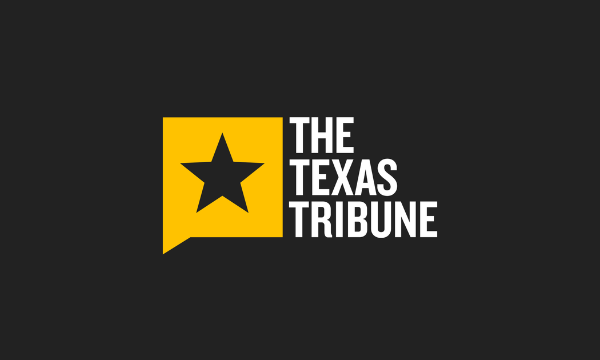
The Trump administration’s rehoming of the federal student loan program is putting student borrowers at a higher risk of defaulting on their loans and may not save the government the money that it is claiming it will, experts say.
After the president vowed to dismantle the education department and make student loans a part of the Small Business Administration, student financial aid groups suggest that borrowers could find themselves in hot water because the SBA does not have experience with such loans and is on track to lose almost half its staff.
The move to put student loan debt under the SBA umbrella also comes on the heels of recent changes to and reversals of borrower repayment plans – most notably the Saving on a Valuable Education (Save) Plan. Additionally, it’s arriving in tandem with rising costs of living around the US.
“This is a recipe for millions of borrowers getting poor service and having no one to protect them,” said Michael Negron, who worked on student debt for the National Economic Council during the Biden administration.
Some in Washington previously expected Donald Trump to move the federal student aid office to the treasury department, as that was the Heritage Foundation’s recommendation in its conservative policy blueprint Project 2025, which has shaped much of the administration’s agenda.
But Trump said on 21 March that the management of student loans would instead shift to the SBA “immediately” – just one day after the White House press secretary said the education department would continue to oversee the program.
There are now more than 42 million federal student borrowers in the United States, and they collectively owe almost $1.7tn. About 30% of borrowers were past due on payments last year, according to the Government Accountability Office.
Jessica Thompson, the senior vice-president of the Institute for College Access & Success, says the number of borrowers past due is likely to increase, in part because the pandemic-era pause on student loan repayment ended in October 2023 and the one-year grace period ended in October 2024.
Also, in February, a US appeals court suspended the Biden administration’s Save Plan, which based monthly payment requirements on income and family size. That program allowed some borrowers not to make a monthly payment and even offered debt forgiveness for smaller loans.
Borrowers who were already enrolled in the Save Plan still do not have to make payments until “servicers are able to accurately calculate monthly payment amounts or the court reaches a decision on the availability of the Save Plan”, the student aid office stated.
The office had stated that Save Plan enrollees would remain in forbearance until at least September, but the education department recently removed that guidance from its website because the “injunction rendered the September 2025 monthly payment recalculation timeline obsolete”, according to a spokesperson.
Furthermore, on the same day that Trump talked about the move to the SBA, the agency announced that it would reduce its workforce by 43% and reorganize. It did not mention student loans.
“We were already very concerned that we would see a spike in student loan defaults given the challenges inherent in returning tens of millions of Americans to repaying student loans after a three-plus-year hiatus,” Thompson said. “The slapdash action being taken currently leads to an erosion of the infrastructure and expertise necessary to manage” the accounts.
Negron, now a fellow at the progressive advocacy group Groundwork Collaborative, also noted that the uncertainty over who will control student loans, along with recent federal job cuts, would not save the federal government money.
Some Republican lawmakers expected Trump to move the loan operation to the treasury department because it was better equipped to manage the complex system.
“We’re talking about the huge nature of student loans,” the House education and workforce committee chair, Tim Walberg, told Politico. “They have much larger staffing capabilities right now than SBA, but the president may have something specific in mind that I’m not aware of.”
Negron said he was more concerned about the proposal to move student loans to the treasury department than to the SBA because the former agency “doesn’t have a record of making an individual loan to a person”.
“At least SBA has run a loan program,” Negron said, though he is not confident that it would be able to manage the complex operation either.
As it’s currently organized, the education department contracts with companies such as Mohela and Aidvantage to jointly operate call centers and respond to borrowers’ questions and concerns, Negron said. Borrowers have already had issues with the student aid office since the government fired at least 300 workers in March.
“The primary interface is between the borrower and the servicer, but the department plays a very important role in overseeing the servicers, making sure they are providing accurate information, and holding them accountable,” Negron said. “How is SBA going to oversee the servicers? Nobody at SBA has that specialty.”
As it was, the education department was not always ideal in managing student aid either. In 2024, the agency released a new Free Application for Federal Student Aid (Fafsa) form that was supposed to make applying easier. Instead, there were “technical meltdowns and severe delays in processing information”, the New York Times reported.
Andrew Gillen, a research fellow at the Cato Institute, a libertarian thinktank, said he would like to see the government privatize student loans, but if it continues to manage them, he believes the debt should be moved under the treasury department, rather than the SBA. The treasury department, he says, is “very aware of when people owe it money and aren’t paid, and it takes steps to remedy that”.
It could also contract with the same servicers as the education department, he said.
Still, he is not convinced that moving the student aid office will save any money, which was the justification that Elon Musk and the “department of government efficiency” gave for the cuts.
“This would be a very different product for either treasury or the SBA,” Gillen said. “Since this would be completely new to them, I don’t know if right off the bat you could expect that.”
Negron agrees, noting that if borrowers fall behind on payments because there are no longer the resources they need, he doesn’t “see where the savings would come from”.







